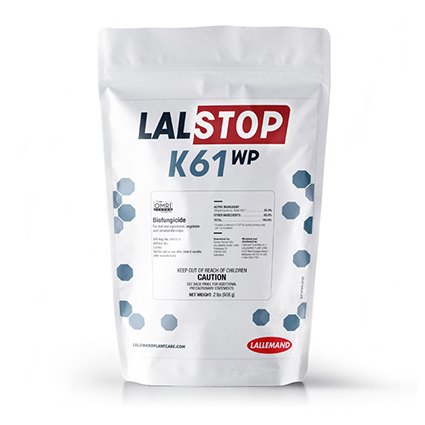Will Hellebore Be The Next Echinacea?

Until recently, hellebores (Helleborus spp.) have been considered a specialty plant, known mostly to serious gardening enthusiasts. If you were lucky enough to find one at a garden center, they were likely to be fairly expensive.
But due to advances in breeding, hellebores are coming into their own, making the leap into the mainstream perennial world, and they are poised to take it by storm.
“In my opinion, helleborus is the next echinacea, which in its turn was the next heuchera,” says Allan Armitage, professor emeritus at the University of Georgia. “Hellebores are a group of plants that everyone is paying attention to and breeding. I think helleborus is the next biggie.”
There are several species of helleborus, but H. orientalis (Lenten rose) is the main one in production. It has all the qualities that comprise a true perennial staple: shade tolerance, cold hardiness (to Zone 4), beautiful flowers, gorgeous foliage that is evergreen in mild climates, and the pièce de résistance — deer won’t eat it.
The problem has been the difficulty of developing clonal material. Helleborus was propagated by seed, and although strains were developed that according to Armitage, were “kind of red and kind of double,” it was difficult to know what you were going to get. It also took two years to produce a saleable plant.
Just five years ago, that all changed with the first cultivar developed through a tissue culture. “The development of H. ‘Ivory Prince,’ which in my opinion was the breakthrough plant in hellebores, was significant for two reasons,” Armitage says. “Along with being clonal, the flowers stood upright. They weren’t pendulous like all the other hellebores.”
Armitage says this was a pivotal time for helleborus breeders in Europe and the U.S. “The helleborus market is now being determined by these new tissue culture hybrids, with upward, outward-facing flowers, different colors and handsome foliage. They have so far proven to be very, very good garden performers.”
There are 30 different hellebores in the trial gardens at the University of Georgia and another 75 at the university’s horticulture farm. Asked for favorites, Armitage says, “We have some of [Dan] Heims’ stuff — the very best one we have of his is called ‘Tutu,’ which has a lot of orientalis in it, but the flowers are big and upward-facing and quite terrific.” He also has a number of favorites from the Heuger Trading Company in Germany, which developed the hellebore series called the Gold Collection. “This again, in my opinion, is changing helleborus entirely,” Armitage says. “[Heuger] is giving us many colors, from mahogany to some yellows, to doubles — they are quite spectacular flowers. It’s not a detraction of anything anyone else is doing; it’s just the way I think we’re going. Once people see these, that’s what they will be expecting.”
Armitage says the new varieties are being bred for use in the landscape, but another benefit is that they look really good in a container. They flower early in February and can be used as a pot plant. “They have buyer’s appeal — if a customer walks into a garden center early and sees these, they’re going to buy them,” he says.
Tissue culture production will improve the availability of hellebores, which has always been a problem, but it might not lower the price. Even though it shortens production time, tissue culture costs more than seed production, so it might be
a trade-off.










